
Subtract First: Why More Tech Is Making Construction Worse, Not Better
Sometimes more is truly just…more.
When it comes to technology, construction isn’t under-tooled. In a world that labels construction as a “laggard” the irony is that we’re actually overloaded. Yet global construction productivity has grown less than 1% per year.
If technology along were the answer, we’d be delivery every project faster and cheaper by now. But sometimes the quickest way to innovate is not by adding something new, but rather by taking something useless away.

The Real Reason Your Team Hates New Software
In the physical world, the definition of project success is necessary. You don’t break ground (really, you don’t even mobilize) until the scope is clear. Yet in the digital world, we treat transformation like a simple software install instead of what it truly is: a behavior-changing effort that touches every corner of the organization.
Spoiler alert, that doesn’t work.
Digital transformations rarely fall apart because of the software. They fall apart because no one ever aligned on the purpose to begin with. And if the foundation isn’t right, nothing built on it will be either.
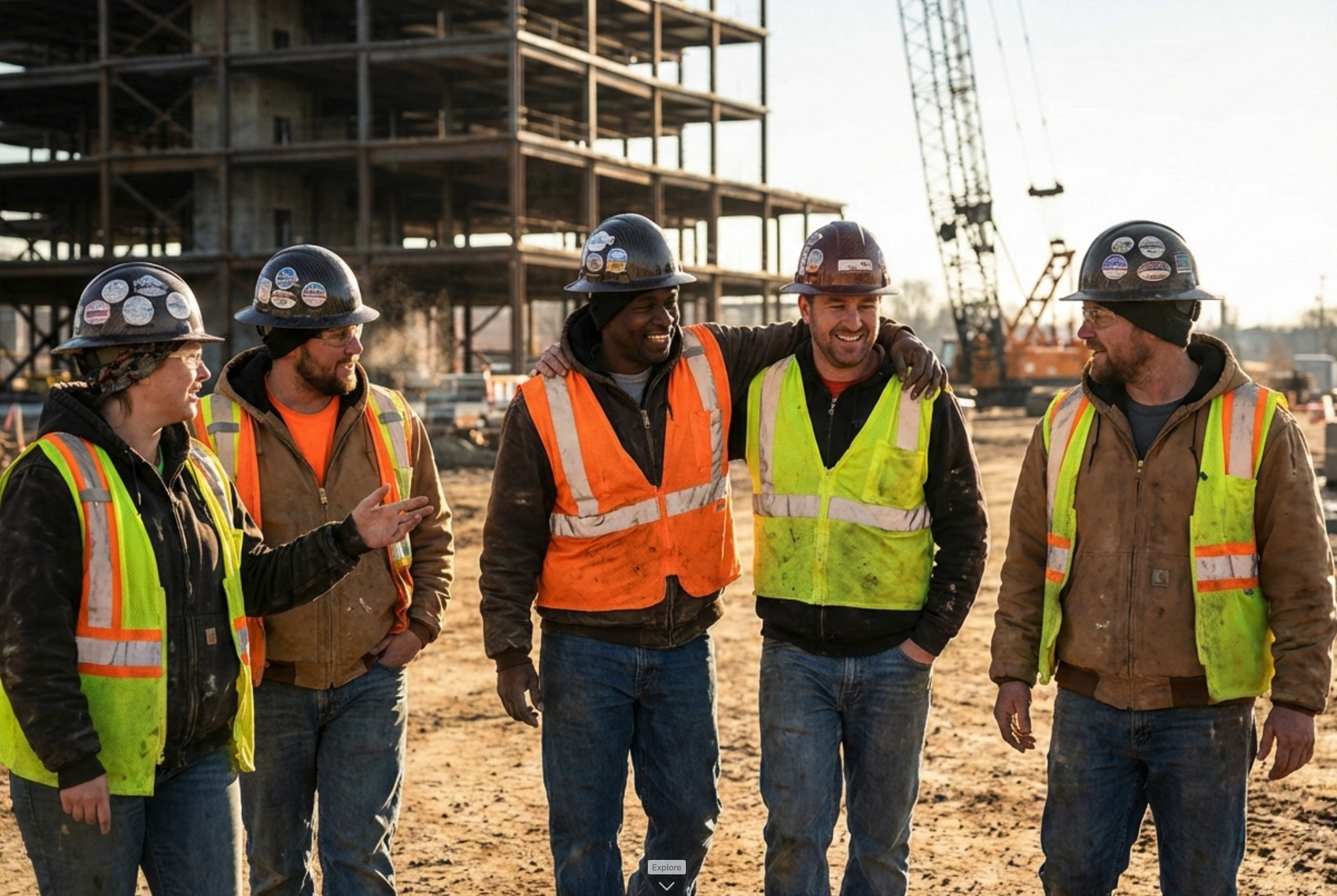
We Can’t Build Anything Worthwhile If We’re Busy Fighting Each Other
I’ve spent my entire career in and around construction and if there’s one thing every jobsite has taught me, it’s this: We are really, really good at fighting.
Unfortunately, I don’t mean a healthy debate. I mean real fighting. The kind where we draw battle lines and weaponize RFIs.
I get it, the stakes in construction aren’t theoretical and somewhere along the way we convinced ourselves that survival requires being on constant defense.
But you can’t build anything meaningful with clenched fists. And in this week where we focus on giving thanks, that truth is becoming harder to ignore.
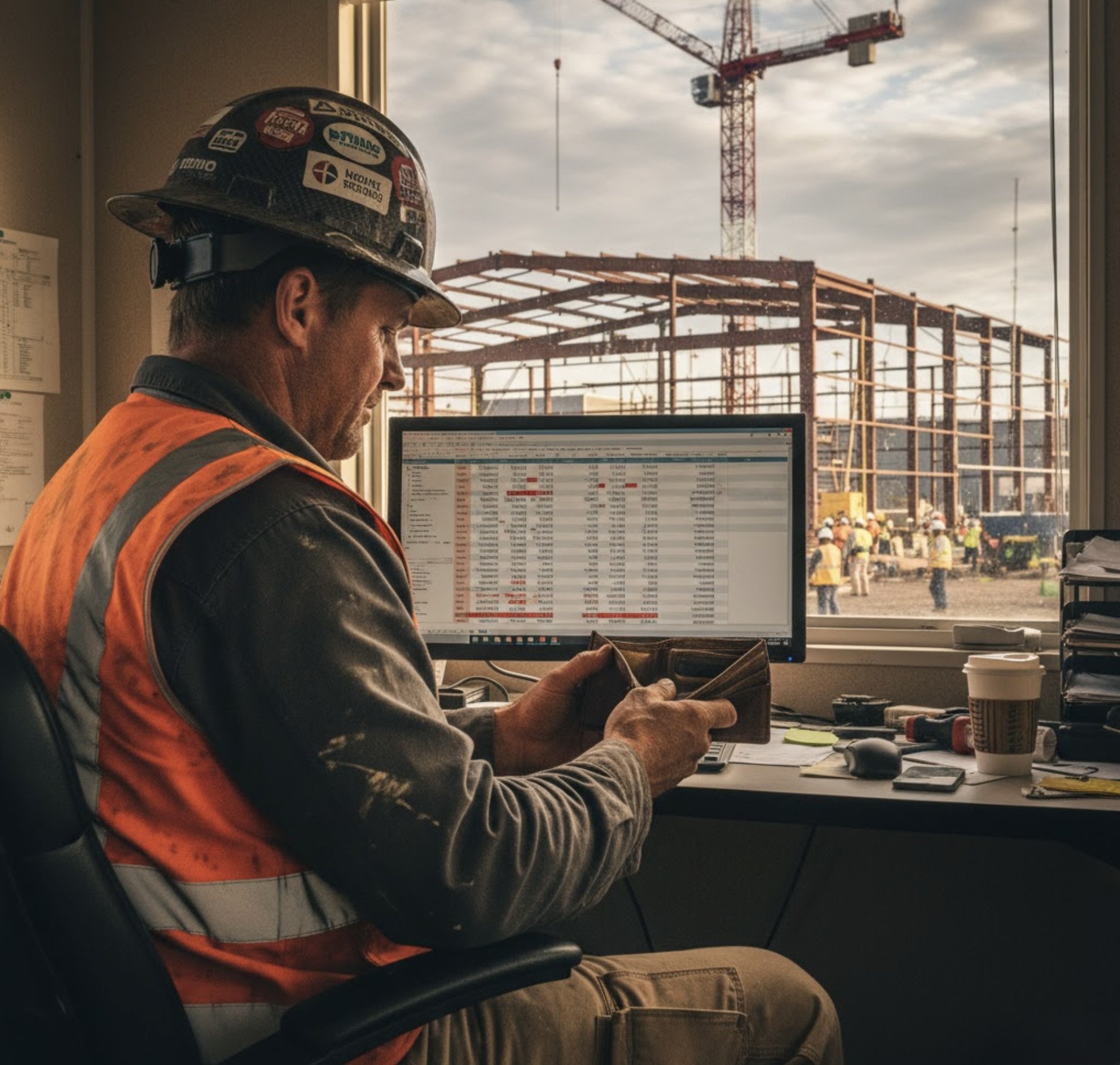
Why We Still Suck at Managing the Two Most Important Things: Time & Money
There are only two scarcities in life: time and money. And if you mess up one, you’re probably going to lose the other.
Many of us in construction have built careers fighting fires that never should have started. From war rooms full of red dashboards to schedule meetings of wishful thinking, we’ve done everything in our power to hit the deadline in time for opening day.
But only 8.5% of construction projects actually come in on time and on budget. Yup, less than one in ten.
This isn’t just a rough patch; it’s a full-blown industry crisis. Is there any hope for improvement?

The 80/20 Lie: How Construction Tech Fooled Us All (Even Me)
For years, I’ve repeated one of construction tech’s most accepted truths: “Out-of-the-box platforms get you 80% of what you need.”
Turns out…that 80% rule was a lie regardless of how many vendors continue to sell it or executives continue to quote it.
Truth be told, I even continue to write it. Or at least I did. That is, until a week or so ago, when I got called out on it.
So, naturally, I went digging into the data to see what’s what. What I found will likely surprise you (or maybe not).

What It Really Means to Enable Innovation
Everyone will tell you they want innovation. Yet all too often, we treat it like a product to buy instead of a culture to build. We’ll sit around and talk about it all day, but few will actually live it.
The truth is, innovation isn’t something you install; it’s something you enable.
And truly enabling innovation is about more than money, software or slogans. It takes people willing to think differently, processes designed for adaptability and leadership courageous enough to trust both.
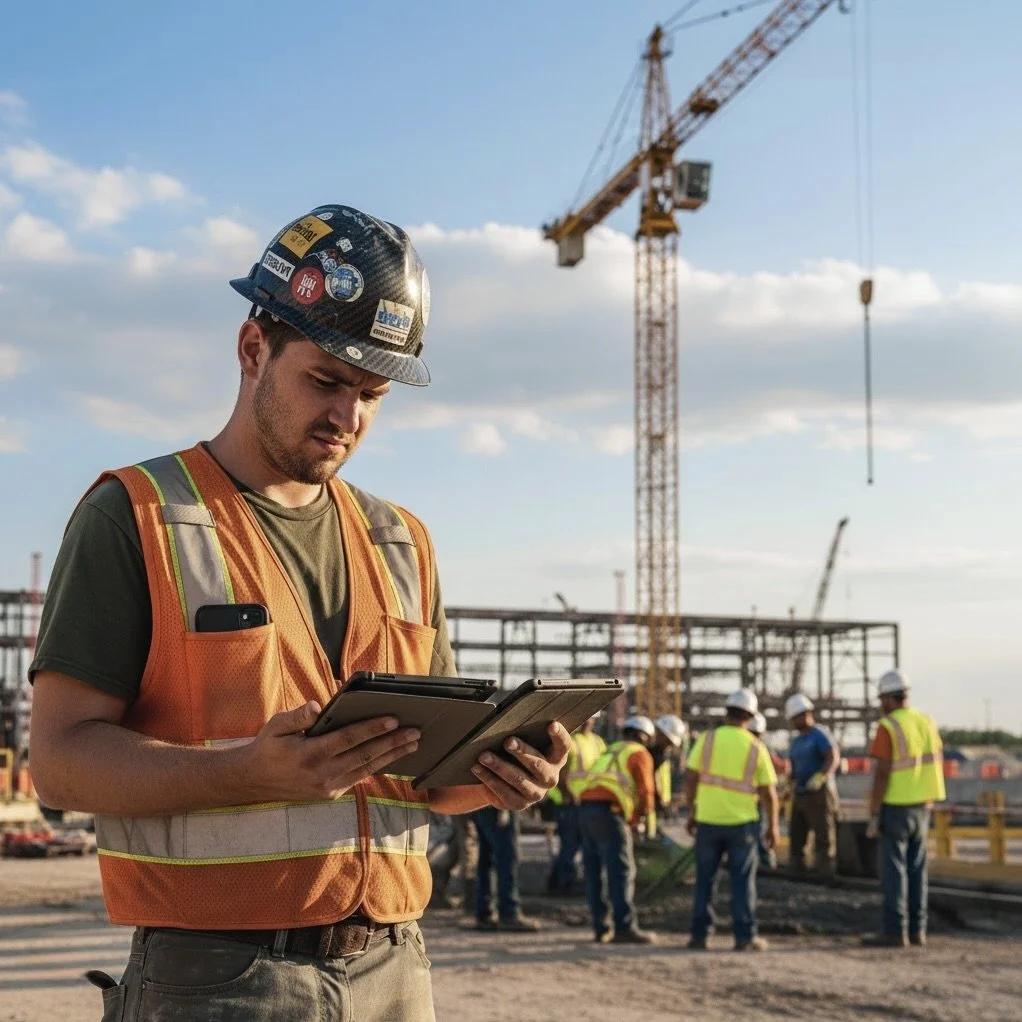
AI Needs a Foundation: Why Consolidation Still Matters in ConTech
It wasn’t all that long ago that we would carry one device for our phone calls, another for our music and a third for our email. Raise your hand if you remember that? What we didn’t realize at the time was that this monumental moment wasn’t just consolidating devices, it was consolidating data too.
As the saying goes, history repeats itself and we’re here once again. Only this time, the revolution knocking at construction’s door isn’t mobility.
It’s artificial intelligence.
And like before, the organizations that thrive will be the ones that consolidate first.

AI Isn’t a Miracle, But It Will Change Construction
A few weeks ago, I threw a rock at all the AI talk in construction. Saying what a lot of folks were thinking, it seemed to hit a nerve.
The fact is, it hit a nerve because it’s true. We’re throwing around the phrase “artificial intelligence” like it’s capable of doing magic while we still can’t get drawings that don’t contradict themselves.
So, let’s slow down, breathe and figure out what AI actually is, and what it isn’t so that we choose our future wisely. At least, before we just throw a chat-bot at a laborer because it sounds smart.
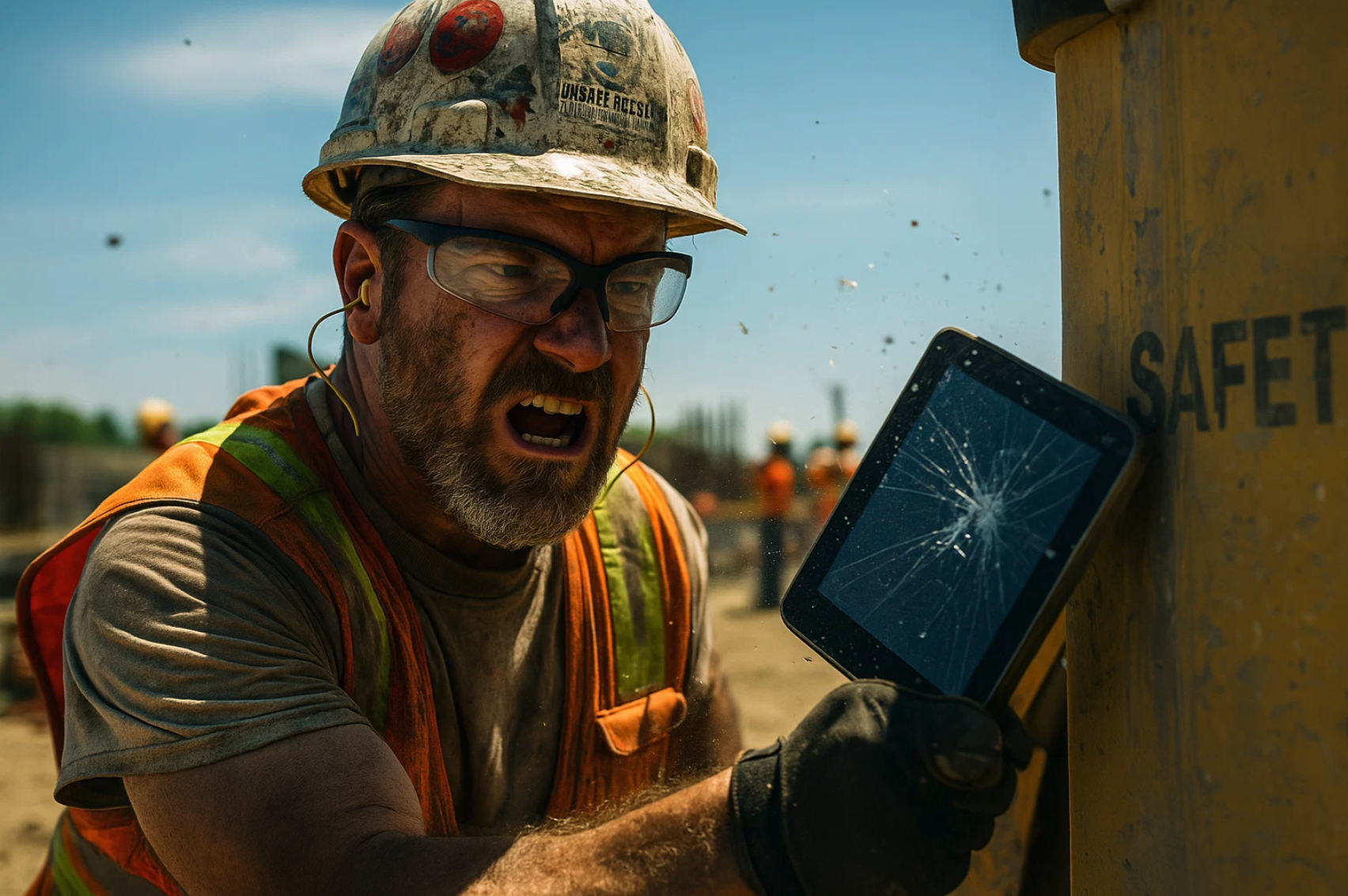
One Skill That Will Save Your Next Digital Transformation: Ask Better Questions
I’ve been on the forefront of a number of transformations. A project kicks off with high hopes, a vendor promises the moon and an executives declare it all “mission critical.”
But then reality sets in.
The tech doesn’t perform as promised, adoption lags and workarounds pile up leaving the field reverting to spreadsheets, sticky notes and side texts. The truth is, most of those failures weren’t caused by bad software.
They were caused by bad questions.
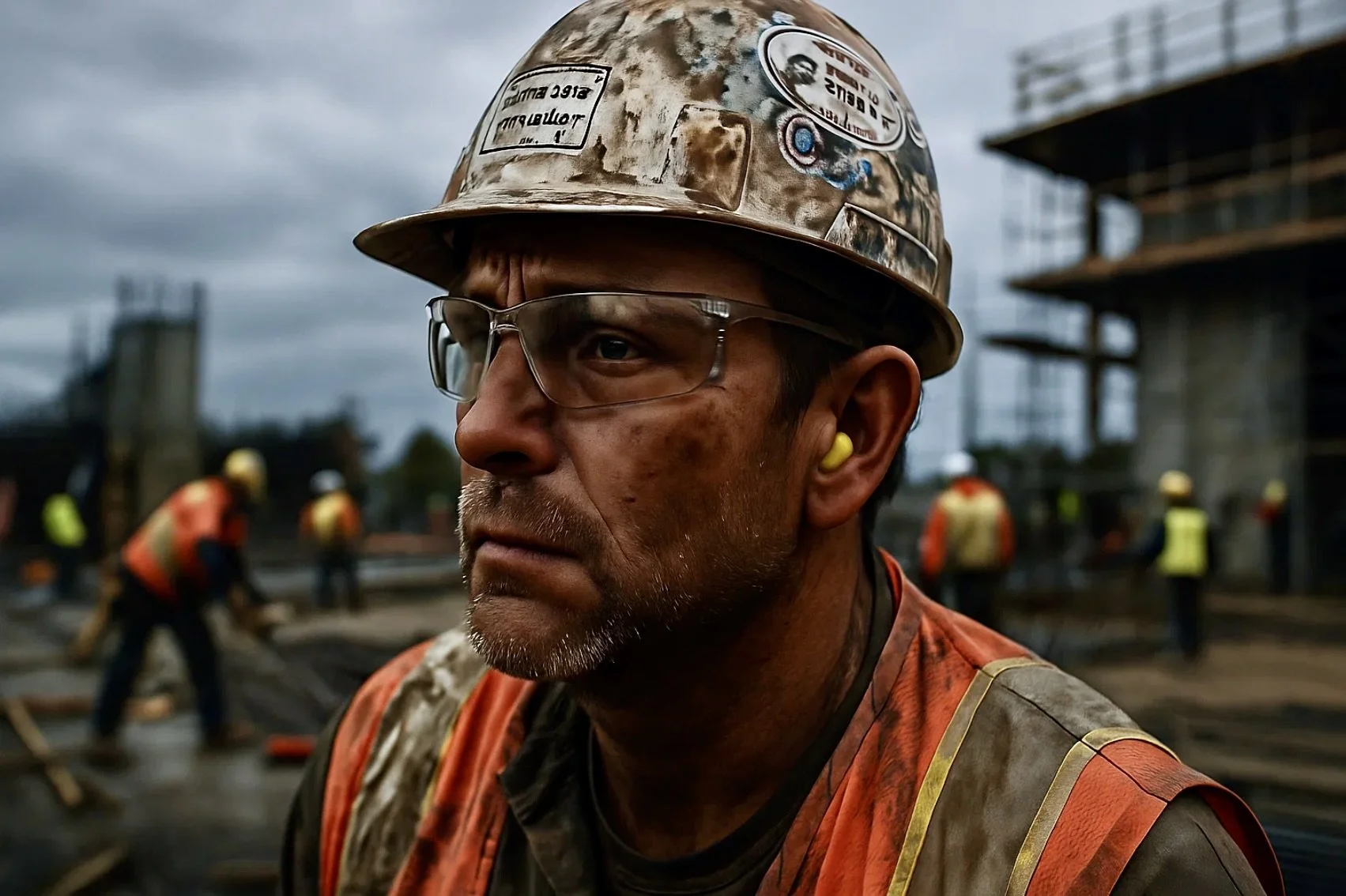
In Construction, Overload Sounds Like “This is Stupid”
There was a moment about a decade ago, one of those moments where it clicked. In the midst of a massive tech overhaul, a superintendent stopped me with, “I’ve got eight different logins, five different interfaces and dozens of manual workarounds.”
That’s when it hit me: it wasn’t that these folks hated technology. They hated drowning in technology.
At the time, I didn’t have a word for it. But now I know it was my first real-life encounter with cognitive load. And in construction, we’ve been quietly letting it chew away at productivity, safety and morale for years.

In the Great Tech Debate of Build vs Buy…Is It Too Much to Ask for Both?
In a world that’s ripe with questions surrounding the buzziest of buzzwords, like “Should we use AI?” or “Will robots replace field crews?” there is a totally different topic that still reigns supreme.
Do we build our own construction software OR do we buy something off the shelf?
I have lived both sides and seen the pros and cons from every angle. But in my opinion, it’s the wrong question.
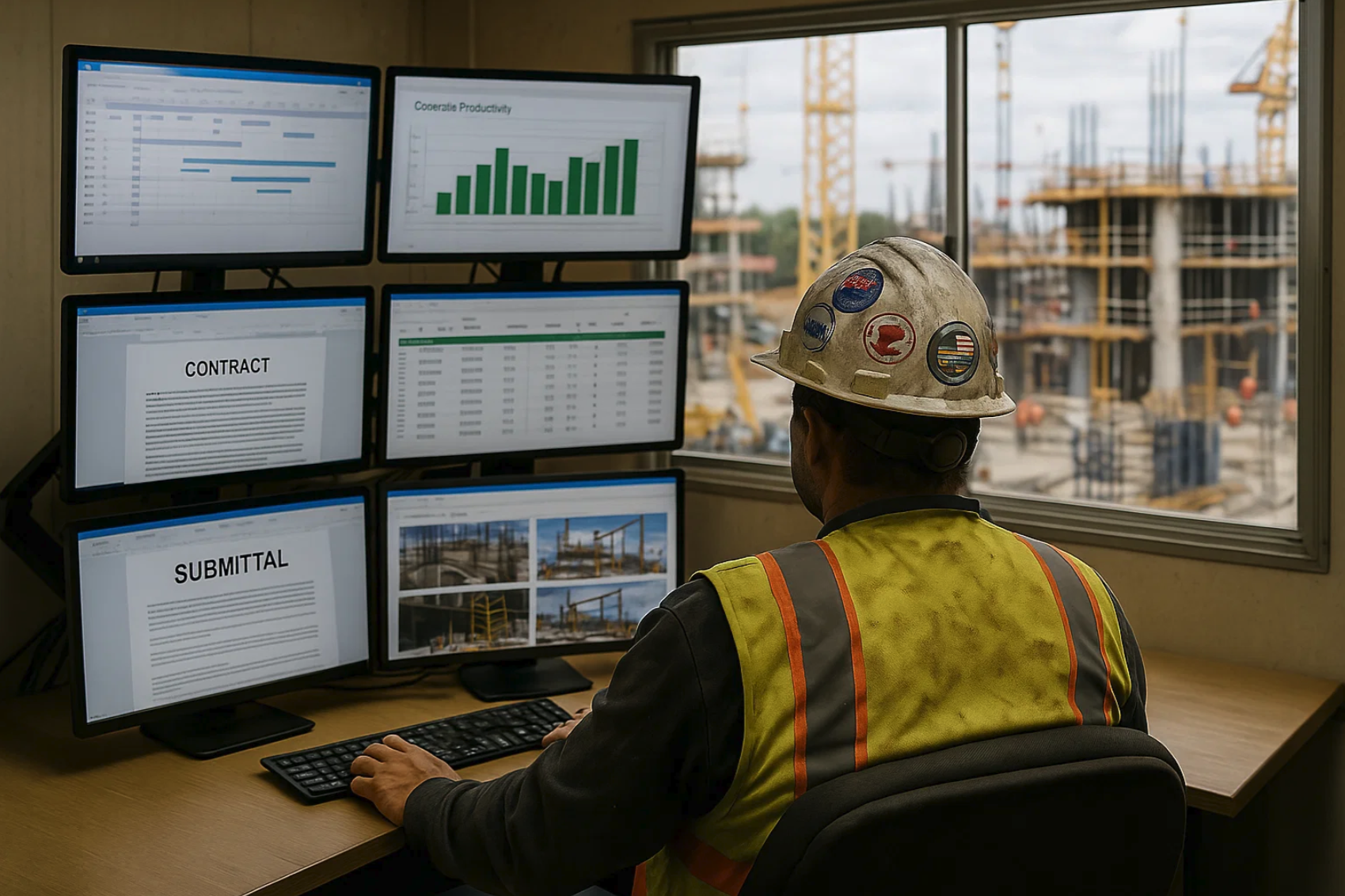
The Difference Between Reactive and Proactive Project Management
Let’s have a brutally honest moment here.
We’ve been talking about big data in construction for the better part of a decade now. Every conference, every panel, every sales pitch is all about dashboards, KPIs, predictive insights and “data-driven decisions.”
But here’s the uncomfortable truth: most contractors don’t actually have big data. But it’s not their fault.
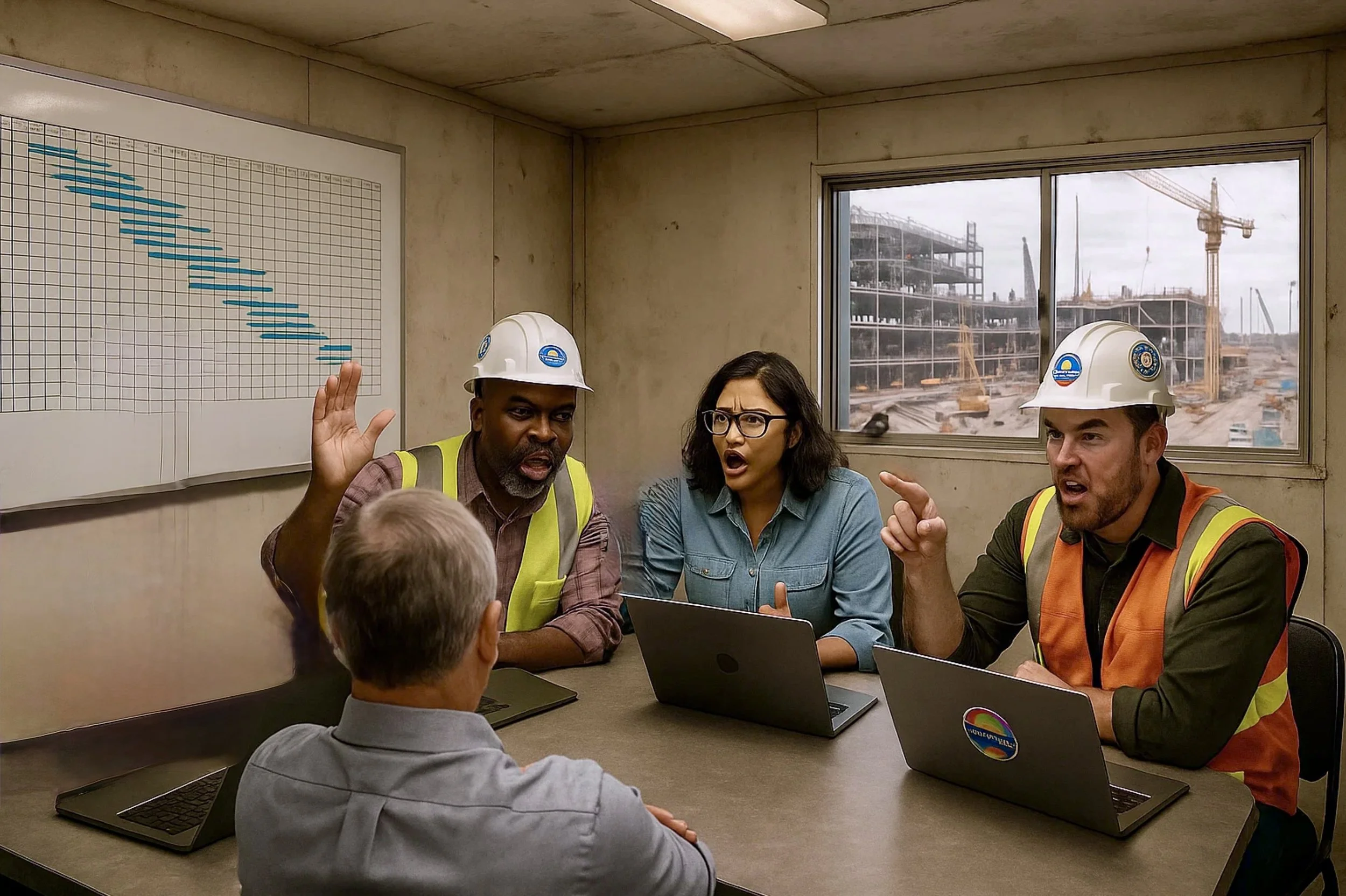
When Alignment Fails…and We’re Too Proud to Admit It
A few weeks ago, I made the bold statement that digital transformations fail due to a lack of alignment between those leading the change and those affected by it.
This week, I’ll prove it to you with a story about the time I watched a multi-billion-dollar tech company totally botch their tech.
But more importantly, we’ll talk about the lessons learned and how you can avoid a similar fate.

When Business Change Management Fails… It’s Not the Tech. It’s Us.
When a digital transformation fails (in construction or otherwise), it’s almost never because the technology didn’t work. It’s because we (those tasked with executing) didn’t lead the change well.
Construction doesn’t have a tech adoption problem. It has an alignment problem.
Let’s get specific…

ConTech Doesn’t Replace Workers, It Empowers Them
Let’s get something straight right out of the gate: construction technology is not here to take jobs. Or at least it shouldn’t be. It’s here to empower the people you already have.
But somewhere along the line, tech adoption in construction started getting a bad rap. And many leadership teams (and software vendors) aren’t helping that perception much.
So, how do we set the record straight?
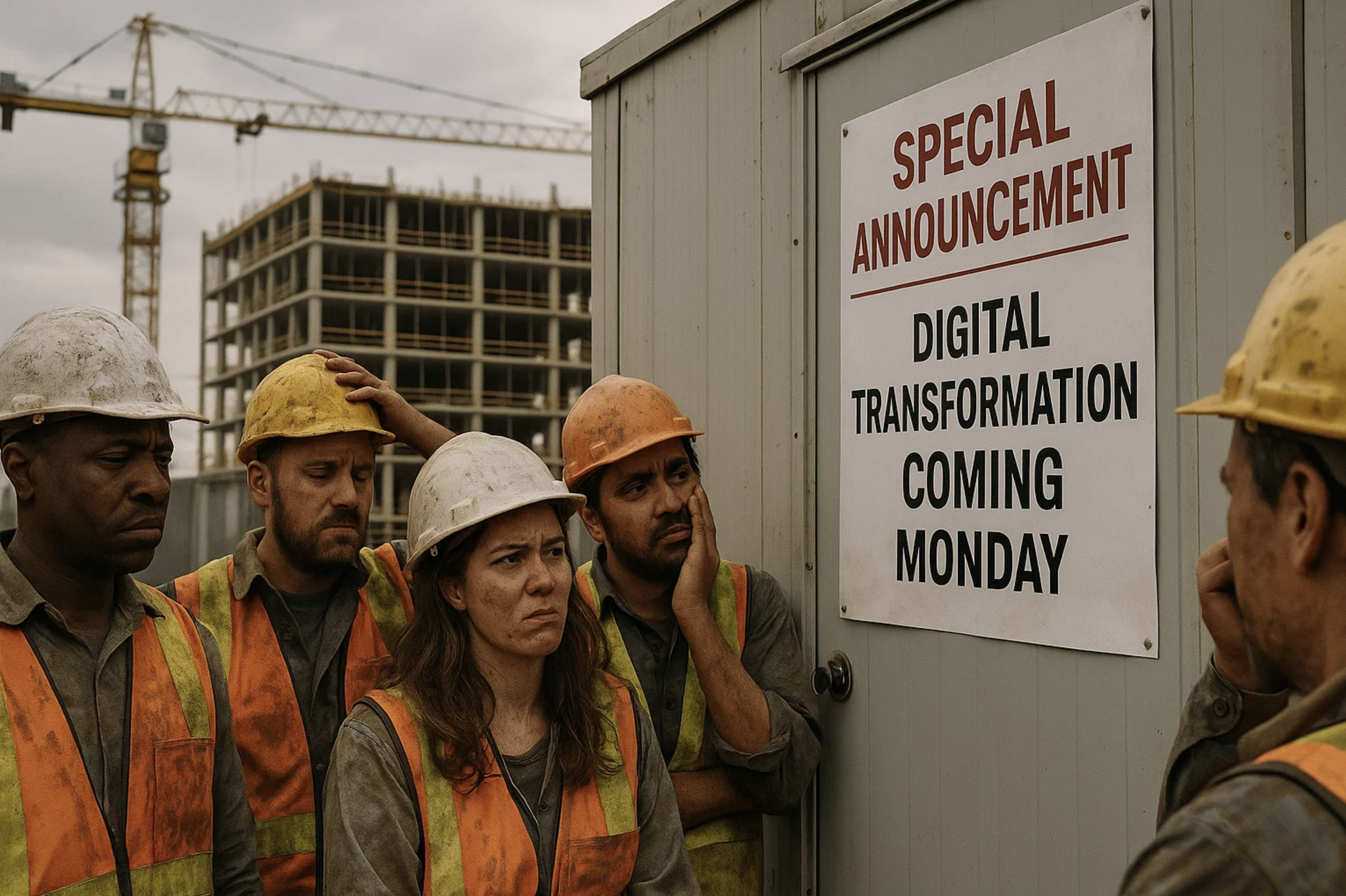
7 Reasons ConTech Implementations Fail (& How to Fix Them)
Let’s be honest: implementing technology in construction feels a lot like trying to run new electrical in a 100-year-old building. You start with high hopes, realize the wiring’s a mess, blow a few fuses and end up questioning all your life choices.
Trust me, I’ve been there.
But here’s the deal, construction needs this. So, here are the top seven reasons why construction tech implementations struggle, in my opinion. And more importantly, how we fix them.

More Than a Holiday: The Meaning of Memorial Day & Why Construction Should Care
Every year, Memorial Day rolls around and social media lights up with poolside photos, barbecue invitations and handful of mentions "honoring our heroes." For many, it’s the unofficial kickoff to summer. But for others—especially veterans and their families—it’s a deeply personal day of remembrance.
And it should be for all of us, but maybe even more so in construction.

Dear Interns: You’re Not Behind–You’re Just Getting Started
Sure, college is great for learning how to think critically, write 20-page papers at 2am and maybe survive on vending machine dinners and almost no sleep. But does it fully prepare you for onboarding into a real job?
Yeah, not really.
But here’s the good news: you’re not behind—you were actually built for this.

Innovation Demands More Than Ideas, It Demands Courage
Let’s be honest, “innovation” is one of those buzzwords that’s lost its shine. As the go-to word for anything new, different or even slightly techy, it’s a label that has been slapped on many safe ideas to make them sound bold.
It’s overused. It’s misused. It’s just noise. So much so that most folks roll their eyes when they hear it from people like me.
But despite all of that, real innovation still matters.

Why Admitting Your Mistakes Builds Credibility (and How to Do It Right)
Mistakes happen. Period. In construction, in leadership, in life—they’re just inevitable. But what separates great people from mediocre ones isn’t avoiding mistakes; it’s how they handle them.
The willingness to admit mistakes upfront doesn’t make you weak, on the contrary it shows honesty; it builds credibility, fosters trust and strengthens teams. I know, this sort of idea flies in the face of the traditional machismo mindset in construction—the ole’ “just figure it out and don’t let anyone see you sweat” approach—but hear me out.


